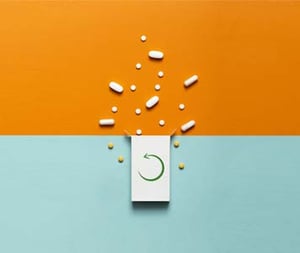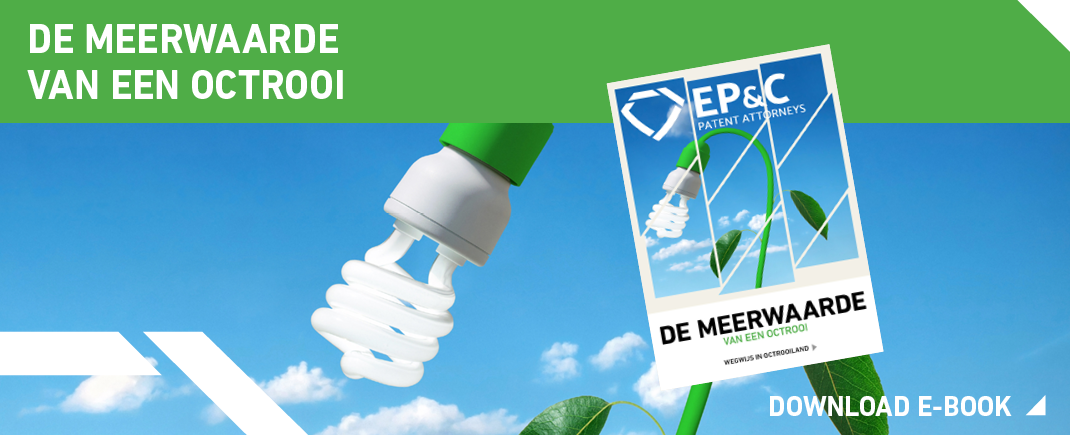What do viagra aspirin and fungicide have in common?
 Viagra, aspirin and fungicide. I bet you never expected to see these three substances in the same sentence. However they do have something important in common within my particular field, namely second use. This involves patenting a new use of a chemical compound, composition or product. In the case of second use you do not get a patent on the original product, which, after all, already exists but on a new use of it.
Viagra, aspirin and fungicide. I bet you never expected to see these three substances in the same sentence. However they do have something important in common within my particular field, namely second use. This involves patenting a new use of a chemical compound, composition or product. In the case of second use you do not get a patent on the original product, which, after all, already exists but on a new use of it.
Aspirin and Viagra
Second use is quite common in the field of drugs and medicines. In this case we are talking about a second medical use. Aspirin is a good example of this. It was first patented as a painkiller in 1899 by German pharmacist Friedrich Bayer. Over the years, aspirin has been found to have many other benefits as well. It can, for example, reduce the risk of cardiovascular disease. As a result it was also possible to patent the specific use of aspirin for the treatment of cardiovascular diseases. New uses are still being found for aspirin and patent applications are still being filed for such new uses.
Viagra is another example. Its initial use was for cardiovascular diseases but it gradually turned out to have a 'side effect' in men. Another patent application was then filed for this use. From that point on others were not allowed to sell Viagra stating its use for impotency on the package insert. A second use exists not only if a drug or medicine is used for different medical indications but also when it is used for a selection of specific patient groups, it is administered in a different way or in a different dosage.
Plant growth product and fungicide
Second use is therefore fairly common in the pharmaceutical industry. However it is also widely used outside this industry, such as in the discovery of new effects of known chemical compounds. For example, in the case of a well-known product to promote plant growth. In addition to promoting plant growth, it was subsequently found to also inhibit fungi.
The question arose whether another party could then apply for a patent on this product but to combat fungi. The product already existed and was therefore not novel, which is one of the requirements for a patent. And doesn't a plant grow better anyway if fungi don't stand a chance? Because an antifungal effect had never been described and this specific effect could potentially lead to entirely new uses of the product, the outcome was that it was possible to apply for a patent on a different use of an existing product.
Advantage of second use in the pharmaceutical industry
Second use is attractive for inventors and in particular also the pharmaceutical industry. Instead of developing an entirely new drug or medicine, a pharmaceutical company can apply for a second use patent on the use of an existing drug or medicine for a particular medical condition. This will help reduce development costs and make the drug or medicine more quickly available to patients.
Package inserts and advertising
If a company applies for a patent on a different use of the same product, this does not mean that it can take full credit for the product. A company that is granted a patent on a different use for a drug or medicine is the only one allowed to describe that specific use on the package insert.
This also applies for non-medical products. The patent holder of the plant growth product is not allowed to advertise on the packaging or on its website that the product also works against fungi. Naturally the same also applies the other way around. Package inserts, descriptions, advertising and other information can only refer to the use for which a patent is held. If you nevertheless decide to advertise a different use, you will be inciting infringement.
The devil is in the wording
In patenting it is very important to get the wording exactly right. If you keep it very general, for instance, it is going to be more difficult to prove infringement. Getting the wording right is essential in second use as well. There are rules for the wording of 'use-related' claims. In addition, you will soon fall flat if you refer to the new use as a discovery as opposed to an invention. The patent must clearly state that it is a new effect and that this can also lead to entirely new uses.
Also, the rules for a description are slightly different for products than they are for drugs and medicines, for instance. If drafted incorrectly, chances are that the patent will not be granted and the invention will be lost.
Finally, different countries have different rules when it comes to the wording of the claims. I will spare you the details, but bear in mind that the devil is in the wording and that this largely determines the success of an application. So always make sure you get a patent attorney to help you with the patent application.
If you want to find out more about second use, a patent application or other intellectual property issues, please feel free to contact me. I would be pleased to help.

About the author
Driven by my fascination with biology, medicine, and medical technology, I studied technical medicine at the University of Twente. My Ph.D. and postdoctoral research at UMC Utrecht combined clinical...
More about Michiel >